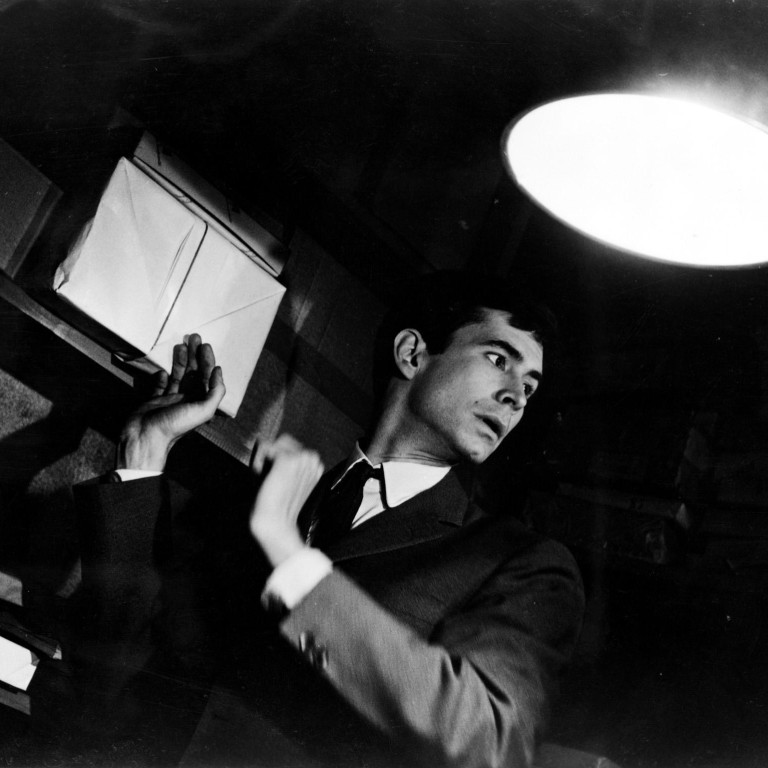
Film appreciation: Orson Welles' The Trial - crafted Kafka
The nightmarishvision of Franz Kafka's novel finds an appropriate mode of expression in Orson Welles' 1962 adaptation, shot in black and white. Welles employs bright lighting and long shadows with oblique camera angles to realise a world that seems familiar, but gradually reveals its absurdity.
Described by Welles as the best film he had made up to that point, is very much a product of its time and reflects the rise of international art house cinema in the early 1960s. The low-budget French/Italian/German production boasts a stellar cast that includes Jeanne Moreau and Romy Schneider, and Welles as the sinister advocate.
In the leading role of Josef K is a 30-year-old Anthony Perkins, fresh off his star turn in Alfred Hitchcock's (1960).
The actor brings an uneasy air to the confounded bank teller who is arrested and put on trial but never made aware of the charges. In hindsight, Perkin's real-life conflicted sexuality lends another dimension to K's persecution.
In line with Welles' partiality to larger-than-life protagonists, often played by himself, K is intentionally shaped by the filmmaker to be more than an everyman. While the paranoid character is finally murdered in shame — "like a dog" — in the Jewish Czech writer's pre-Auschwitz novel, Welles allows his lead character to confront his demise with palpable defiance.
Because Kafka's book was banned in Prague at the time, the writer-director's determination to shoot the film in its most logical environment led him to Zagreb in the former Yugoslavia. A huge industrial space allows Welles to create an awe-inspiring office scene with 1,500 desks in one room. Another location, the abandoned Gare d'Orsay railway station in Paris, provides the surreal locales for the corridors and lawyers' offices.
Welles' expressionist take on Kafka's tale of bureaucracy and totalitarianism remains one of the filmmaker's least seen works. But its masterful artistry — not to mention the allegorical battle between the individual and society — leaves an indelible impression.

